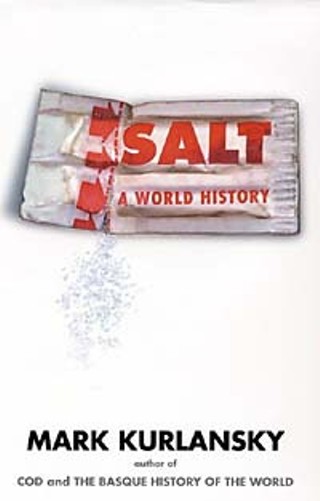Cookbook Reviews
By Rachel Feit, Fri., July 5, 2002

Salt: A World History
by Mark KurlanskyWalker & Company, 496 pp., $28
For anyone who has followed the trail of Kurlansky's writing, salt seems like a predictable topic to tackle. Kurlansky's 1999 book on cod won the James Beard Award for food writing. His research on the topic led him deep into the fishing industry, which at one time relied heavily on salt to preserve its catch. It had a profound impact not just on food production during the last millennium, but on global trade, politics, and technology. In Salt: A World History, Kurlansky follows the same well-tested recipe, demonstrating how a seemingly insignificant ingredient might have many hidden properties.
In China, control over the salt industry led to the consolidation of power under the Qin dynasty in 221 B.C. In ancient Egypt, salt and its cousin natron (impure salt) played a crucial role in an economy heavily reliant on these minerals for the process of mummification. In 19th-century America, Edmund McIlhenny made a fortune by using the brine deposits found under his Avery Island home as a preservative for his revolutionary chile pepper sauce, known today as Tabasco sauce. Even greater fortunes were made by geologists at the turn of the century who noticed the consistent connection between salt wells and dark, oily deposits located just below them. In 1901 two men drilled into the East Texas Spindletop salt dome on a hunch; under the salt dome they struck oil, altering the global economic landscape forever.
Kurlansky's book chronicles so many salt stories, from the small village-based operations of the English and French coasts to the industrialization of salt production with the Morton Salt Company. Many of the vignettes are accompanied by historical recipes, such as one for making liquamen, an ancient fermented fish sauce not unlike modern-day nuoc mam. Another recipe from an 1812 guide to useful household knowledge is for salted, fermented tomatoes, called love-apple ketchup. Salt is an ambitious book, one that makes grandiose claims about the centrality of its topic. Pleasure-readers, by contrast, may find the book too loosely constructed, or digressive, almost as if it were put together hastily. Still, the whole tome can be both informative and entertaining, and -- ingested in small doses -- entirely worth its salt.








